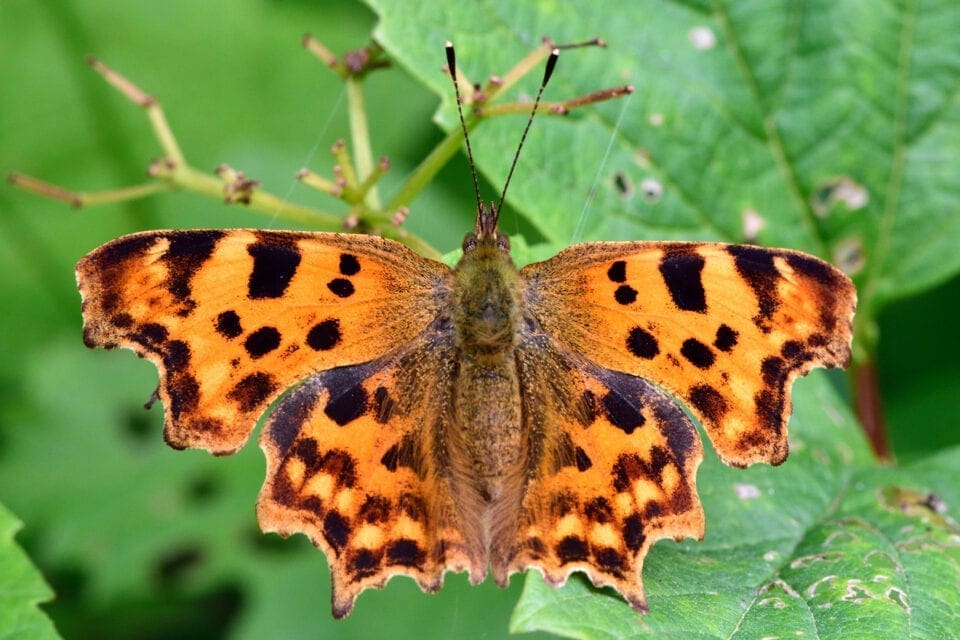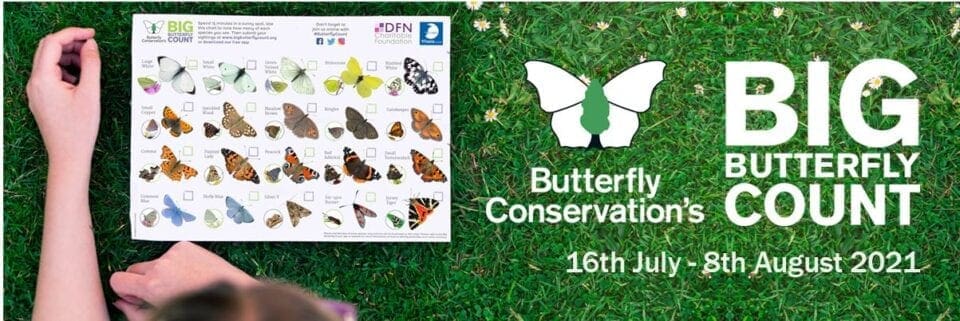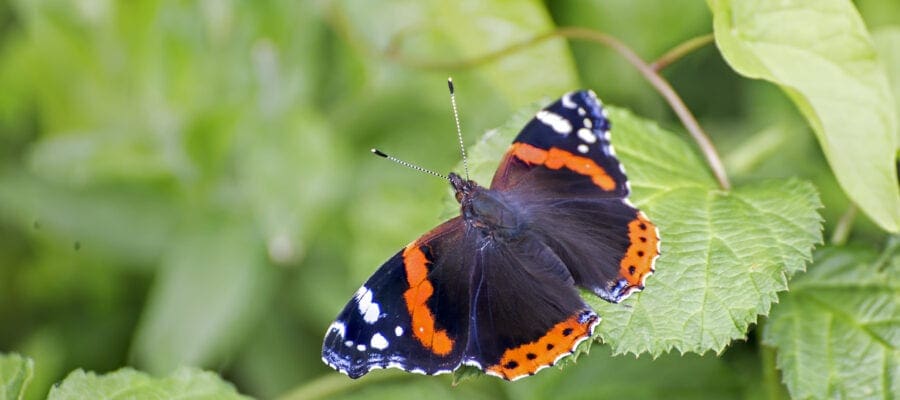Where have the butterflies gone? Butterfly Conservation launches this year’s Big Butterfly Count with urgent appeal for public’s help after disastrous spring weather.
Chris Packham and wildlife charity Butterfly Conservation are launching this year’s Big Butterfly Count today by asking people to help find and record butterflies across the UK.
Butterfly Conservation’s current records show that many species of butterflies have had a poor spring or a delay in their emergence following 2021’s unseasonably cold and wet weather. The Speckled Wood was particularly low in numbers this spring, but the Small Tortoiseshell, Comma, Green-veined White, Large White and Red Admiral were also all down in abundance compared with their 10-year average. How this will impact this summer’s butterflies is what the charity is asking people to find out, by taking part in the Big Butterfly Count.
CHALLENGING SPRING WEATHER
The weather in spring 2021 has been very challenging for many of the UK’s butterflies and moths. Although April was the sunniest on record, it was also very cold with a record number of frosts. This was then followed by the wettest May for over 50 years. Butterfly Conservation needs the public’s help to measure how these conditions have affected our butterflies and moths.
The UK is experiencing an increasing number of extreme weather events, a likely result of climate change, and it’s important we learn the effect these changes have on our native butterfly species in order to understand the likely long-term impacts on biodiversity.
The Big Butterfly Count is Butterfly Conservation’s annual three-week citizen science event. The UK-wide survey is open to everyone, of any age, living in towns, cities or the countryside. Taking part just requires you to spend 15 minutes in an outdoor space (a great staycation activity) counting the amount and type of butterflies, and some day-flying moths, you see. It is easy to do and the more people who do it, the greater the benefits to our understanding of nature and how to help it.
There were over 145,000 counts submitted to the Big Butterfly Count last year, more than ever before. Though worryingly, 2020 also saw the lowest average number of butterflies logged since the event began twelve years ago. Butterfly Conservation scientists are keen to see if this is a trend that continues in 2021. This means it’s more important than ever that the public take part and help to gather the data needed.
Chris Packham, Vice-President of Butterfly Conservation and wildlife broadcaster, says: “Biodiversity and climate crisis is an urgent issue and it can be overwhelming to think about what we can do as individuals to really make a difference. Because butterflies and moths make excellent indicators of the impacts of climate change and other human environmental factors, collecting data on their numbers is really important. So, something as simple as recording a butterfly spotted in your garden, at your local park or on your window box can play a part in vital research into a global problem. It’s a really valuable contribution everyone can make.”

CLIMATE CHANGE
Dr Zoë Randle, Senior Surveys Officer at Butterfly Conservation says: “The Big Butterfly Count, along with our other research work, is already showing us changes in the populations of our butterflies and moths. Climate change and other human-led impacts are causing some species to be found in new areas, while others are becoming harder to find in the UK at all. An example is the Jersey Tiger, a really striking moth that flies during the day as well as at night. These moths have been well-established along the south coast of England but are moving further north and are now found in ever increasing numbers in London. As a result, the Jersey Tiger appears on this year’s Big Butterfly Count identification chart for the first time.
“We really need the public’s help to understand what is happening to our butterfly and moth populations. It’s a small but crucial thing everyone can do. This information will not only help us to protect these species, but also to inform what effect the changing climate is having on our biodiversity.”

OPEN TO ALL
Taking part in the Big Butterfly Count is something anyone of any age or ability can do, in any outdoor space. It provides a real contribution to science and our understanding of butterfly and moth populations in the UK.
The socially distanced launch of the 2021 Big Butterfly Count is taking place today at Winchester Science Centre, which neighbours Butterfly Conservation’s Magdalen Hill Down Nature Reserve. The reserve features a south-facing chalk hillside well-known for its butterflies and Chris Packham and the team are hoping to be able to spot some themselves during the day.
Ben Ward, Chief Executive of Winchester Science Centre, said: “We’re thrilled to be working with Butterfly Conservation and to have been chosen as the launch venue for this year’s Big Butterfly Count. Our charity is passionate about sparking children’s curiosity in science. By taking part, children will be using important science inquiry skills and connecting science with everyday life. We’ll certainly be encouraging families that visit us to get outside in our Bio:Space zone to see what species they can spot.”
This year’s Big Butterfly Count runs from the 16th July to the 8th August. For more information and to take part simply visit www.bigbutterflycount.org or download the free Big Butterfly Count app.





